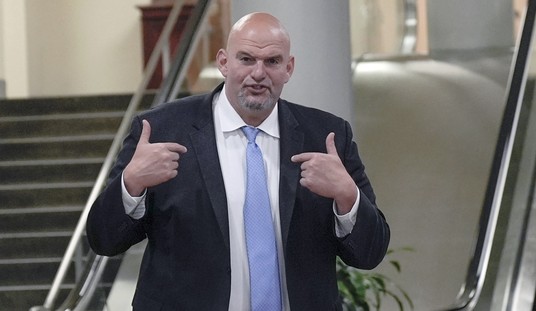Friday, April 22, will mark the 47th Earth Day. At this year’s high-level celebration at the United Nations headquarters in New York, the Paris Climate Agreement will officially be signed. Thirty days after its signing by at least 55 countries that represent 55 percent of global greenhouse gas emissions, the agreement will take effect—committing countries to establishing individual targets for emission reductions with the expectation that they will be reviewed and updated every five years.
While news reports of Earth Day 2016 will likely depict dancing in the streets, those who can look past the headlines will see a dire picture—one in which more than 10 percent of a household’s income is spent on energy costs; one of “green energy poverty.”
To meet the non-binding commitments President Obama made last December in Paris, he is counting on, among many domestic regulations, the Clean Power Plan (CPP).
Last week, on the Senate floor, Senator Jim Inhofe (R-OK), chairman of the Senate Environment and Public Works Committee, delivered remarks in advance of Earth Day on the unattainability of the U.S. climate commitments. He said: “The Clean Power Plan is the centerpiece of the president’s promise to the international community that the U.S. will cut greenhouse gas emissions by 26 to 28 percent.” It would “cause double digit electricity price increases in 40 states” and “would prevent struggling communities from accessing reliable and affordable fuel sources, which could eventually lead to poor families choosing between putting healthy food on the table or turning their heater on in the winter.”
The Heritage Foundation has just released a report on the devastating economic costs of the Paris Climate Agreement, which it calls “a push for un-development for the industrialized world and a major obstacle for growth for the developing world.” Because global warming regulations “stifle the use of the most efficient and inexpensive forms of electricity, businesses as well as households will incur higher electricity costs.” The report concludes: “restricting energy production to meet targets like those of the Paris agreement will significantly harm the U.S. economy. Bureaucratically administered mandates, taxes, and special interest subsidies will drive family incomes down by thousands of dollars per year, drive up energy costs, and eliminate hundreds of thousands of jobs. All of these costs would be incurred to achieve only trivial and theoretical impacts on global warming.”
Recommended
Real world experience bears out the both Inhofe’s observations and the Heritage Foundation’s conclusions.
Germany is one of the best examples of green energy poverty as the country has some of the most aggressive greenhouse gas reduction programs that offer generous subsidies for any company producing green energy. Based on an extensive study done by green energy believers in 2014, I addressed the program’s overall result: raised costs and raised emissions. I stated: “After reading the entire 80-page white paper, I was struck with three distinct observations. The German experiment has raised energy costs to households and business, the subsidies are unsustainable, and, as a result, without intervention, the energy supply is unstable.” At that time, I concluded: “The high prices disproportionately hurt the poor, giving birth to the new phrase: ‘energy poverty.’”
More recently, others have come to the same conclusion (read here and
Germany is not alone. The U.K., according to Reuters, is facing “fuel poverty”—with 2.3 million of Britain’s 27 million households deemed fuel poor, meaning the cost of heating their homes leaves them with income below the poverty line.”
Bringing it closer to home, there is über-green California—where billionaire activist Tom Steyer aggressively pushes green energy policies. Headlines tout California has the most expensive market for retail gasoline nationwide. But, according to the Institute for Energy Research, it also has some of the highest electricity prices in the country—“about 40 percent higher than the national average.” A 2012 report from the Manhattan Institute, states that about one million California households were living in “energy poverty”—with Latinos and African Americans being the hardest hit. With the Golden State’s headlong rush toward lower carbon-dioxide emissions and greater use of renewables, the energy poverty figure is surely much higher today.
This week, as you hear commentators celebrate “the most important Earth Day in history” and the global significance of the signing of the Paris Climate Agreement, remember the result of policies similar to CPP: green energy poverty. Use these stories (there are many more) to talk to your friends. Make this “Green Energy Poverty Week” and share it: #GEPW.

























Join the conversation as a VIP Member